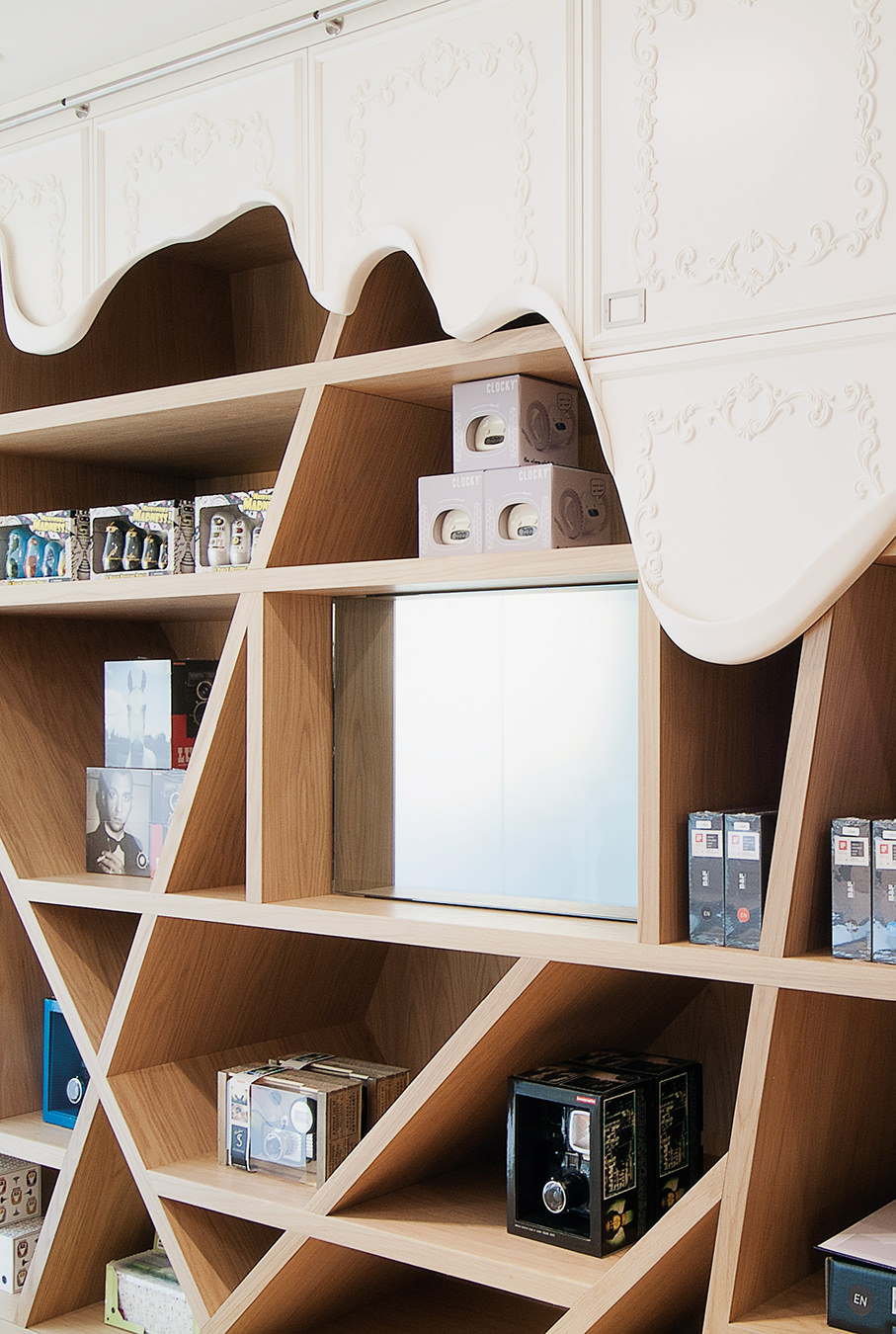-
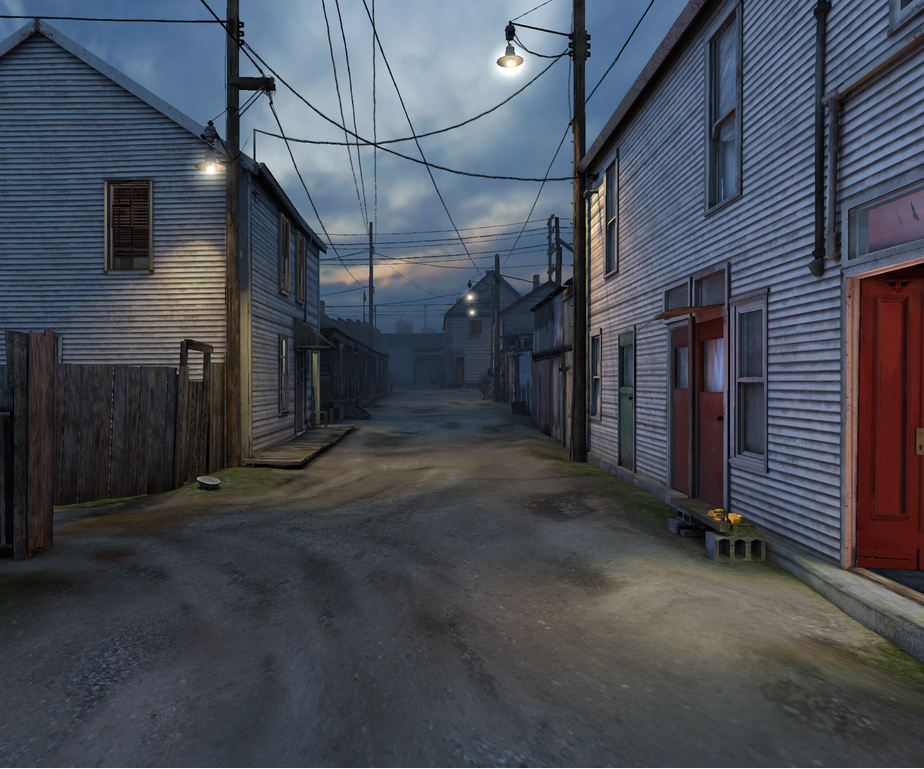
Circa 1948 is set in both Hogan’s Alley and the former Hotel Vancouver.
-
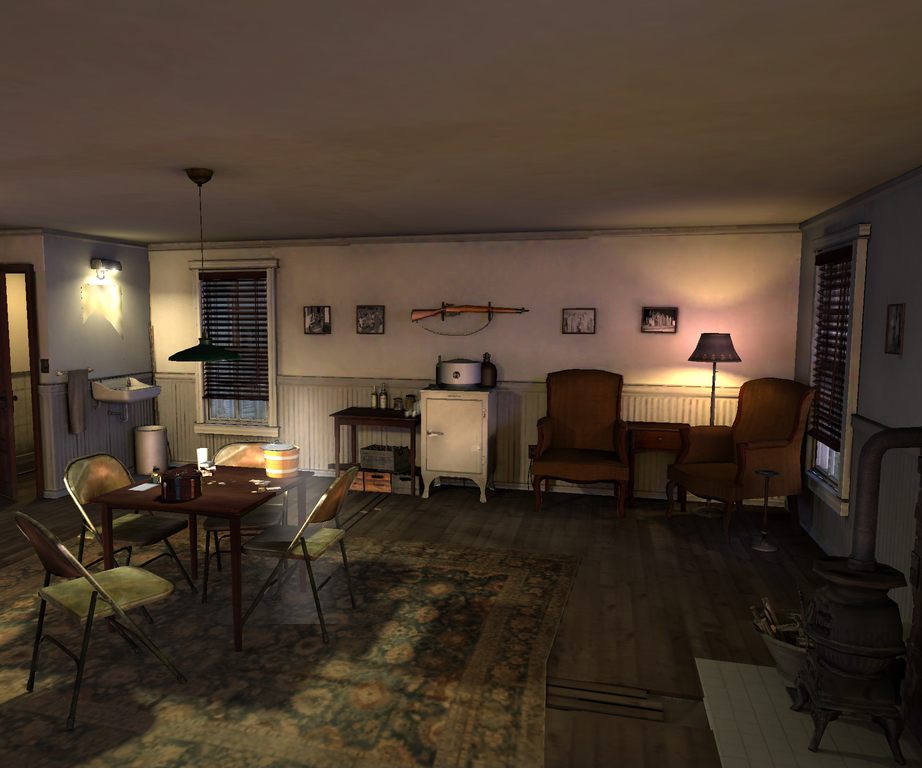
A glimpse inside a historically accurate Hogan Alley home.
-
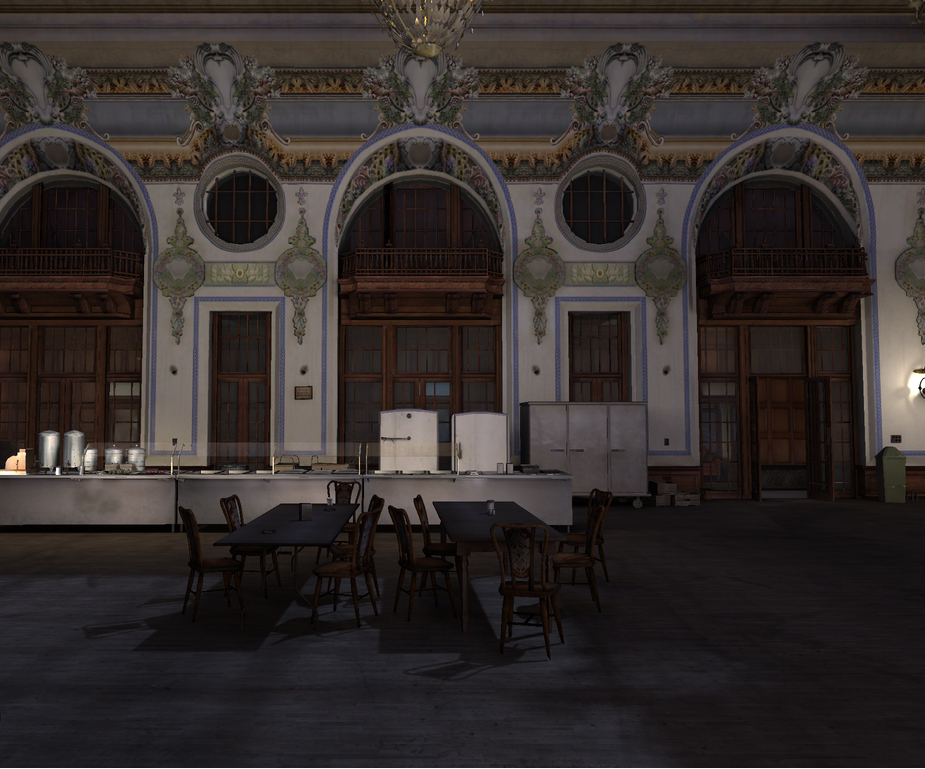
The former Hotel Vancouver was reproduced using archival building permits.
-
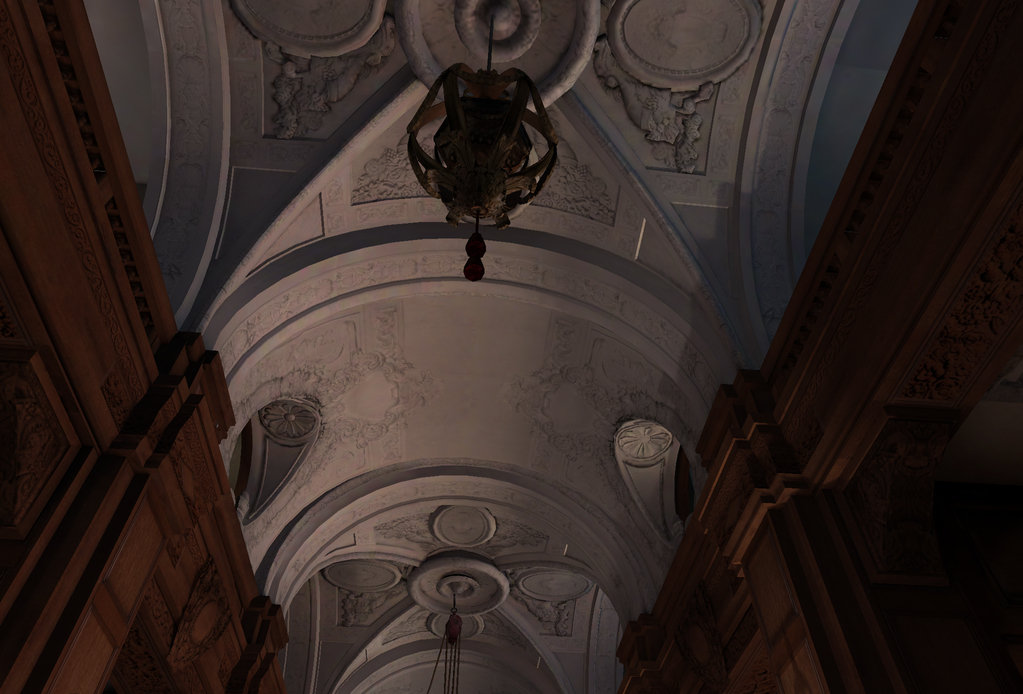
The Hotel’s details are accurate down to the most intricate details.
-
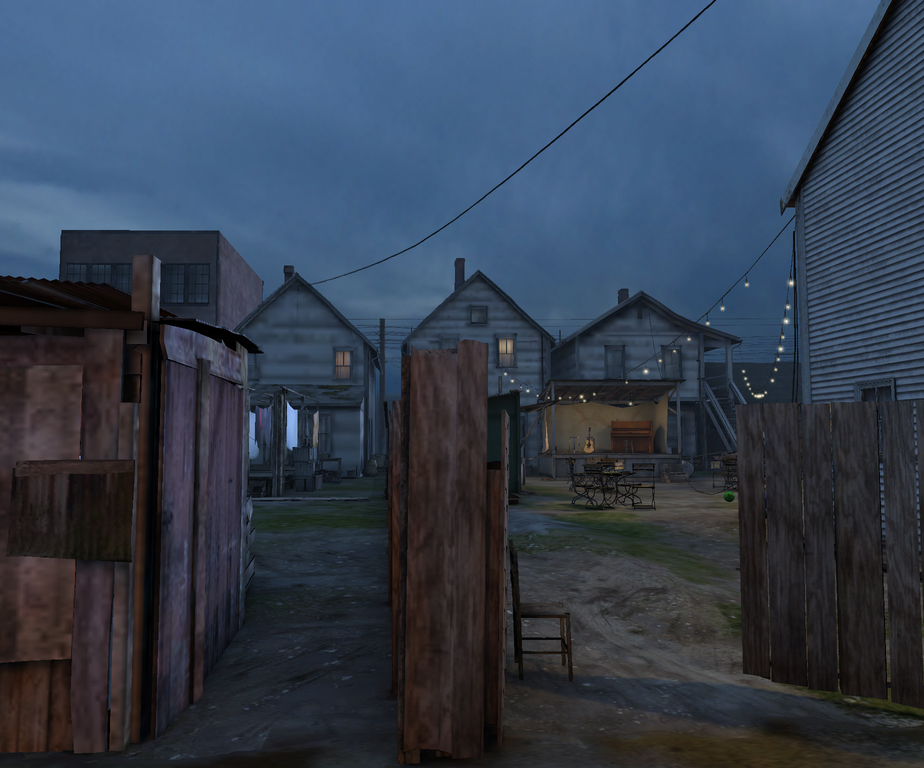
A view into the illegal backyard beer gardens of Hogan’s Alley.
-
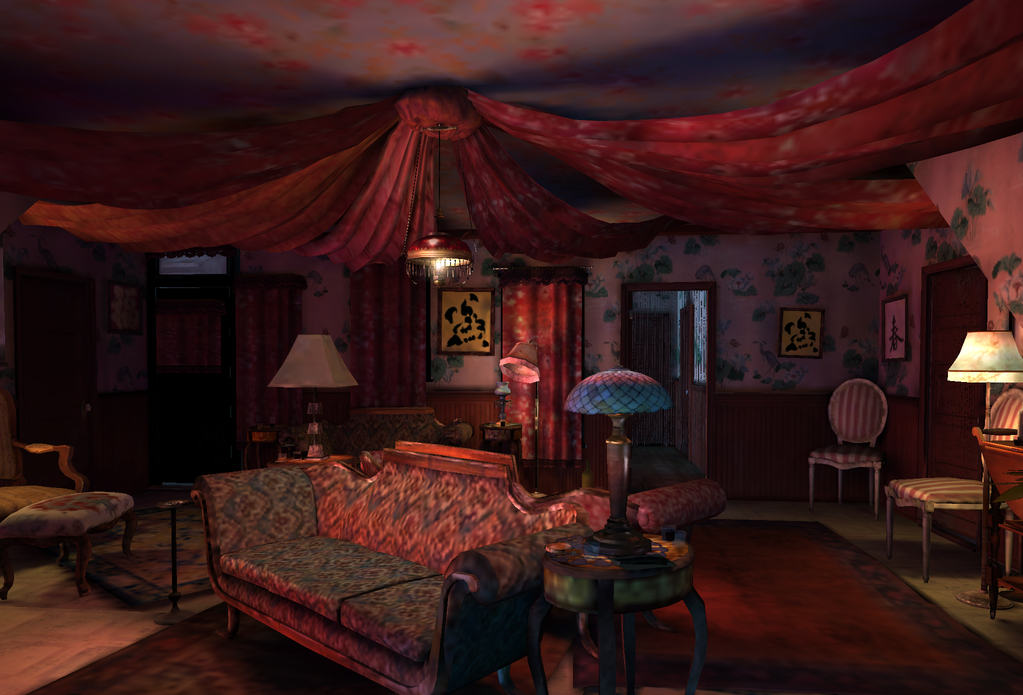
The inside of a Hogan’s Alley brothel.
Vancouver Circa 1948
Stan Douglas’ multimedia installation.
Amid the glittering skyscrapers so emblematic of Vancouver’s present and future, artist Stan Douglas finds substance in the city’s grittier past. His recent work, Circa 1948, is a project which defies categorization—being at once a narrative story, an interactive installation, and an iOS app, all of which correlate thematically with Helen Lawrence, a play Douglas created in collaboration with screenwriter Chris Haddock. “I wouldn’t say I’m nostalgic,” says Douglas of the piece. “Vancouver circa 1948 was not necessarily great.”
Rather, the period was ridden with vice crime and defined by social issues. Enabled by a corrupt police force, bootlegging, gambling, prostitution, and underground beer halls flourished in a culturally-diverse Strathcona neighbourhood that was then known as Hogan’s Alley. Meanwhile, servicemen returning home from the Second World War found little municipal support, and took to squatting in the abandoned rooms of the former Hotel Vancouver (which was demolished in 1949). In Circa 1948, Douglas illuminates a complex and oft-overlooked moment when these two forgotten locations influenced Vancouver’s character. “We have a good idea of what the war was like—rations, the home front effort, and people being away,” Douglas observes of the era’s inherent mystery, “…but the transition between the two is very rarely discussed—how did we get from the wartime to the extreme normalcy of the fifties?”
This is not the first time that Douglas has meticulously crafted historically accurate reproductions of moments in Vancouver’s past. His photographic mural Abbott & Cordova, 7 August 1971 depicts the Gastown riots and hangs in the city’s Woodward’s Building atrium, close to where they took place. Yet in order to provide the most intuitive, immediate understanding of the atmosphere specific to the time and places in which Circa 1948 is set, Douglas approached Loc Dao, executive producer of the National Film Board of Canada Digital Studio, with the intent of creating a virtual reality that audiences could independently navigate.
“Circa 1948 first got our attention because an artist like Stan Douglas wanted to create something interactive, and we were very interested in his intuition about these two locations that no longer exist and the socially relevant themes he wanted to explore around homelessness, corruption, and gentrification,” says Dao. To become physically immersed in a life-sized experience, participants must first walk into a 108 square-foot grey room. Inside, a Microsoft Kinect box scans their body, allowing them to move in real-time throughout a simulacrum of Vancouver’s past. The effect is like being inside a video game. It took Dao’s team three years and innumerable materials from the city’s archives (architectural drawings, building permits, personal journals) to render the locales in 3-D, using the software program Maya. The level of detail they captured is stunning, right down to the historically accurate cigarette packets tossed on card tables. “We pushed what the technology could do, and in the end were able to create an app and interactive installation that I don’t think has ever been done with the same technology,” says Dao.
The result is an immersive film noir universe cast in a perpetually descending blue dusk. In person, one may ascend stairs to explore the hotel’s eerie ballrooms, or peek over a fence to observe a Hogan’s Alley grow-op, all while the areas’ respective residents—represented abstractly by vaporous ghosts—converse amongst themselves, sharing fascinating snippets about their daily lives. One may also experience Circa 1948 via its free app, which contains 90 minutes’ worth of storyline that aligns with the narrative of Douglas’ play, Helen Lawrence, (showing in New York October 14 to 17) in which a woman scorned seeks the ex-lover who murdered her husband and left her to take the rap.
Set in a city often criticized as being forward-thinking to a fault, Circa 1948 allows for a thrillingly voyeuristic interrogation of the past; and for the exploration of not only local history, but the potential of digital alternate reality as an artistic medium.

